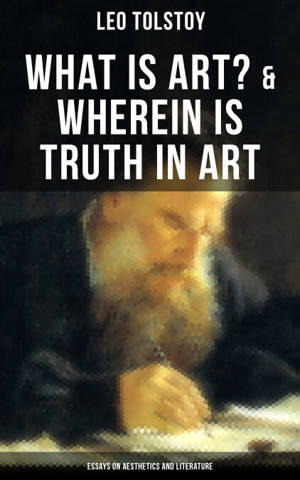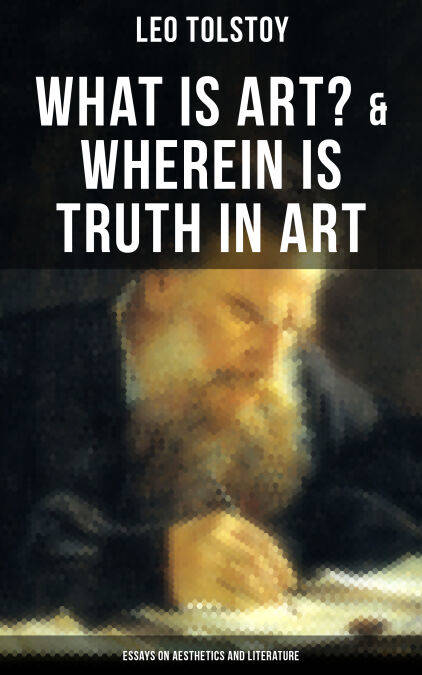
- Afhalen na 1 uur in een winkel met voorraad
- Gratis thuislevering in België vanaf € 30
- Ruim aanbod met 7 miljoen producten
- Afhalen na 1 uur in een winkel met voorraad
- Gratis thuislevering in België vanaf € 30
- Ruim aanbod met 7 miljoen producten
Zoeken
Tolstoy: What is Art? & Wherein is Truth in Art (Essays on Aesthetics and Literature) E-BOOK
Leo Tolstoy
E-book | Engels
€ 1,99
+ 1 punten
Uitvoering
Omschrijving
Leo Tolstoy's 'What is Art? & Wherein is Truth in Art' explores the complex relationship between art and truth. In this collection of essays on aesthetics and literature, Tolstoy delves into the nature of art, focusing on its ability to convey universal truths and communicate with the audience on a profound level. Through his unique blend of philosophical insight and literary analysis, Tolstoy challenges conventional notions of art and calls for a return to a more authentic and meaningful form of artistic expression. His writing style is clear and concise, making this book accessible to both scholars and general readers interested in the intersection of art and truth in creative works. Tolstoy's ideas on art as a vehicle for moral and spiritual enlightenment continue to resonate with readers worldwide. Known for his masterpieces such as 'War and Peace' and 'Anna Karenina,' Tolstoy's own experiences as a writer and thinker undoubtedly influenced his exploration of the deeper meaning behind artistic creation. 'What is Art? & Wherein is Truth in Art' is a must-read for anyone seeking to understand the essential role of art in reflecting and shaping human experience.
Specificaties
Betrokkenen
- Auteur(s):
- Vertaler(s):
- Uitgeverij:
Inhoud
- Aantal bladzijden:
- 474
- Taal:
- Engels
Eigenschappen
- Productcode (EAN):
- 9788075833143
- Verschijningsdatum:
- 20/06/2017
- Uitvoering:
- E-book
- Beveiligd met:
- Digital watermarking
- Formaat:
- ePub

Alleen bij Standaard Boekhandel
+ 1 punten op je klantenkaart van Standaard Boekhandel
Beoordelingen
We publiceren alleen reviews die voldoen aan de voorwaarden voor reviews. Bekijk onze voorwaarden voor reviews.








